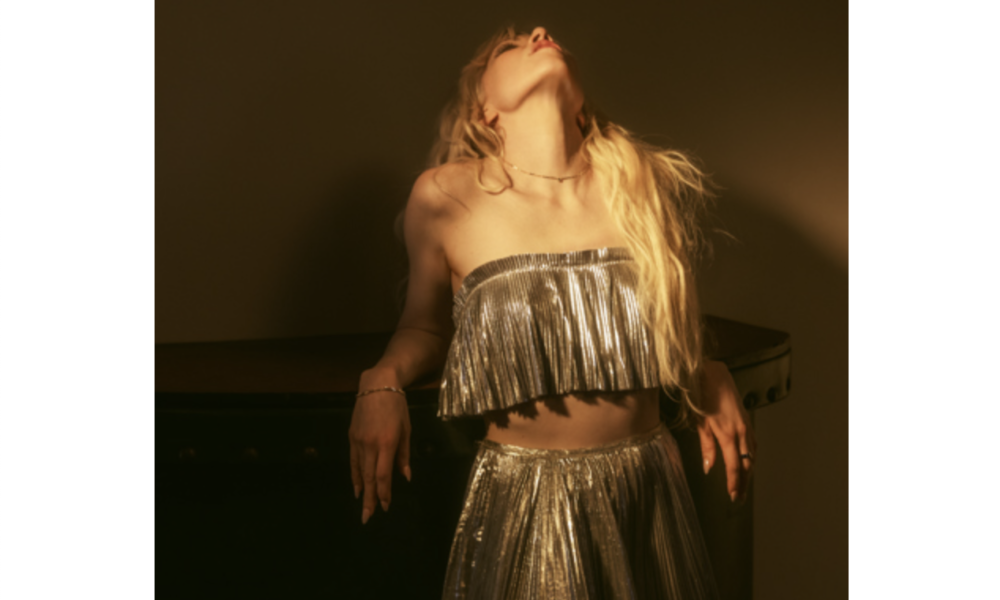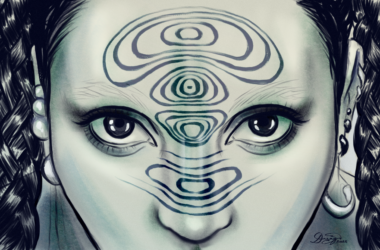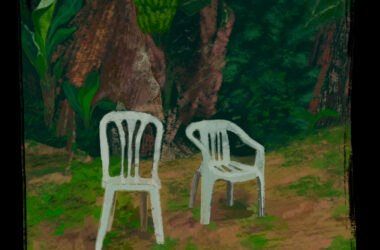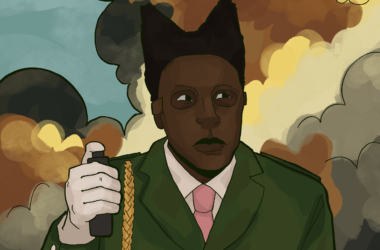In the dynamic realm of pop music, artists consistently seek innovative ways to captivate their audiences while pushing the boundaries of their creativity. Carly Rae Jepsen (CRJ) is no exception. Since she shocked the world in 2012 with Call Me Maybe, she has gone on to release multiple pop anthems including “I Really Like You” and “Run Away With Me”. After the releases of B-sides to her albums Emotion and Dedicated, her July 28th companion album to 2022’s The Loneliest Time wasn’t a surprise. While both albums undoubtedly showcase musical prowess, a vital question arises for her listeners: Does The Loveliest Time maintain a coherent narrative or primarily serve as a vessel for unused songs?
Companion albums, a trend seen across the industry, can be both a boon and a bane for artists. Artists such as CRJ possess a surplus of songs that might not harmonize seamlessly within a single record, mirroring Taylor Swift’s Folklore and Evermore. This dual-release strategy may either enhance or, as exemplified by The Loveliest Time, contrast with the original story; But, this might just reveal a ploy to sell more music rather than create aesthetic harmony.
Released during one of the first “normal” summers during the COVID-19 pandemic, The Loneliest Time provided an opportunity to reflect on the preceding two years while conveying hope for the future. The titular track, a collaboration with Canadian icon Rufus Wainwright, sees CRJ yearning to reconnect with an old flame, expressed through a disco-infused melody that masks underlying sorrow. This motif persists across the album—buoyant music overshadowing lyrics tinged with sadness. While certain tracks like “Western Wind” and “So Nice” bolster the album, weaker entries like “Beach House” detract from its overall strength; the latter is shockingly corny for a CRJ song. “Go Find Yourself Or Whatever,” toward the album’s close, evokes a sense of post-party introspection, effectively embodying the album’s claim as her loneliest.
In contrast, The Loveliest Time struggles to differentiate itself from its predecessor despite its alleged mood change. While CRJ clearly has an extensive musical repertoire, this album comes across as an outlet for unreleased tracks from the original. Evaluated in isolation, the album could merit a higher rating, yet it falters when you try to find the link to its companion. Unsurprisingly, listening to The Loneliest Time is now more confusing with the newly released B-sides. I have a hard time remembering which songs are on which album, as they have such similar sounds. Even the album covers, although each is stunning, do not give us a hint about the music inside.
Double releases pose a significant risk. A successful outcome requires the second release to oppose or complement the original. Regrettably, these albums do not fall into that category—the second release muddies the narrative the first creates. The adjective change in the title makes the listener expect something different. The anticipation of a distinction of mood and atmosphere in the second sets the listener up for disappointment when the albums are so similar in their sound.
The Loveliest Time begins on a boom with “Anything To Be With You”, altering the vibe set by its predecessor. With a funky drum shot and an instant rhythm, I thought I was in for an entirely different aesthetic. However, subsequent tracks struggled to find their footing until “Psychedelic Switch”, a standout on the album. These songs are stronger when divorced from The Loneliest Time. Nonetheless, the overlap between the albums makes it challenging to attribute specific songs to either.
The current trend of companion albums underscores the intricate balance between artistic evolution and thematic coherence. As music’s landscape evolves, the takeaway from this dual-release experience is clear: The Loveliest Time struggles to establish its own identity separate from The Loneliest Time. The risk of blurring the lines between CRJ’s two releases underscores the necessity for thoughtful curation and seamless thematic progression.
Carly Rae Jepsen’s album The Loveliest Time is available to stream on Spotify, Apple Music, and YouTube Music as well as all other music platforms.








